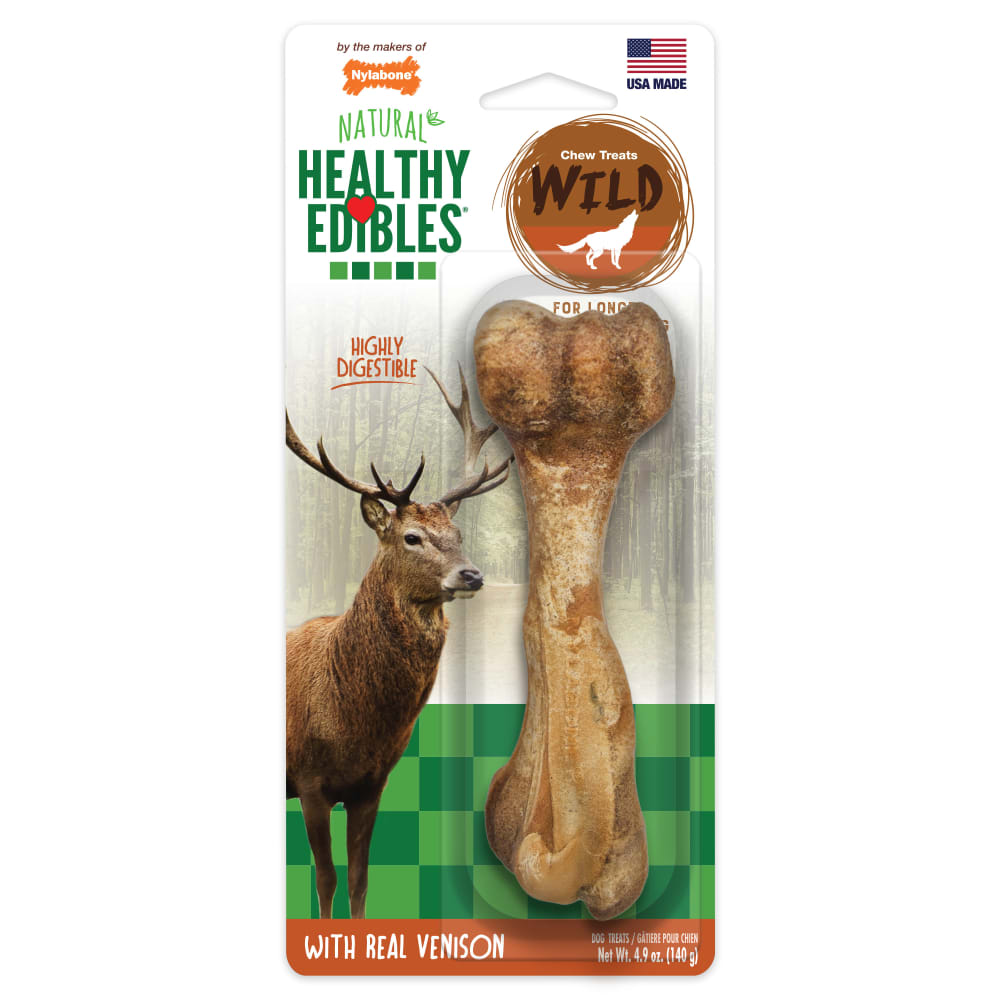Otterhound Dog Breed
Country of Origin: Great Britain
Height: 23–27 inches
Weight: 65–115 pounds
Coat: Double coat with long, rough, harsh, dense, waterproof outercoat and evident undercoat; outercoat and undercoat may have slightly oily texture
Colors: All recognized hound colors—whole colored, grizzle, sandy, red, wheaten, blue; may have white markings
Registries (With Group): American Kennel Club (AKC); United Kennel Club (UKC)
Origin and History
The Otterhound was developed in England to hunt the once-prolific otter, who preyed on the fish in the English rivers. European otters weigh over 20 pounds (9 kg) and cover great distances in the water. They come up for air occasionally but spend most of their time underwater. The trail they leave underwater is called a wash; their scent trail is called a drag. Otterhounds had to be able to follow both, which meant that they needed to swim for several hours during a hunt. So great is his sense of smell that an Otterhound can easily pick up a drag trail more than 10 hours old.
So good was the Otterhound at his job that the otter population became nearly endangered and the sport was banned. Otters are now a protected species in England. Otter hunting was never practiced in the United States, and consequently, the breed has had a following of fanciers rather than actual hunters, keeping his numbers low.
Personality Profile
The Otterhound is rather exuberant despite his shaggy, laid-back appearance. He loves to play—especially in the water—and gets along well with children who enjoy the same activities. He is affectionate and intelligent, with a mind of his own. If a scent captures the Otterhound, even his beloved family will rank a distant second. He has a beautiful voice, which he will use to bay but not to bark incessantly.
Care Requirements
Exercise
The Otterhound needs a fair amount of exercise, which can include jogging or long walks—on leash. One of his favorite activities is swimming. His webbed feet help him in that respect, and he is happy to spend time in the water.
Grooming
The Otterhound's double coat can become matted if not properly cared for, and this involves brushing several times a week. He sheds but not profusely, and regular brushing keeps this under control. With his long ears and love of water, ear infections can easily arise. Keep his ears clean and dry.
Life Span
The average life span of the Otterhound is 10 to 12 years.
Training
Find a Nylabone chew, treat, or toy for your Otterhound or large dog by using our Custom Product Finder!
FOLLOW US!






